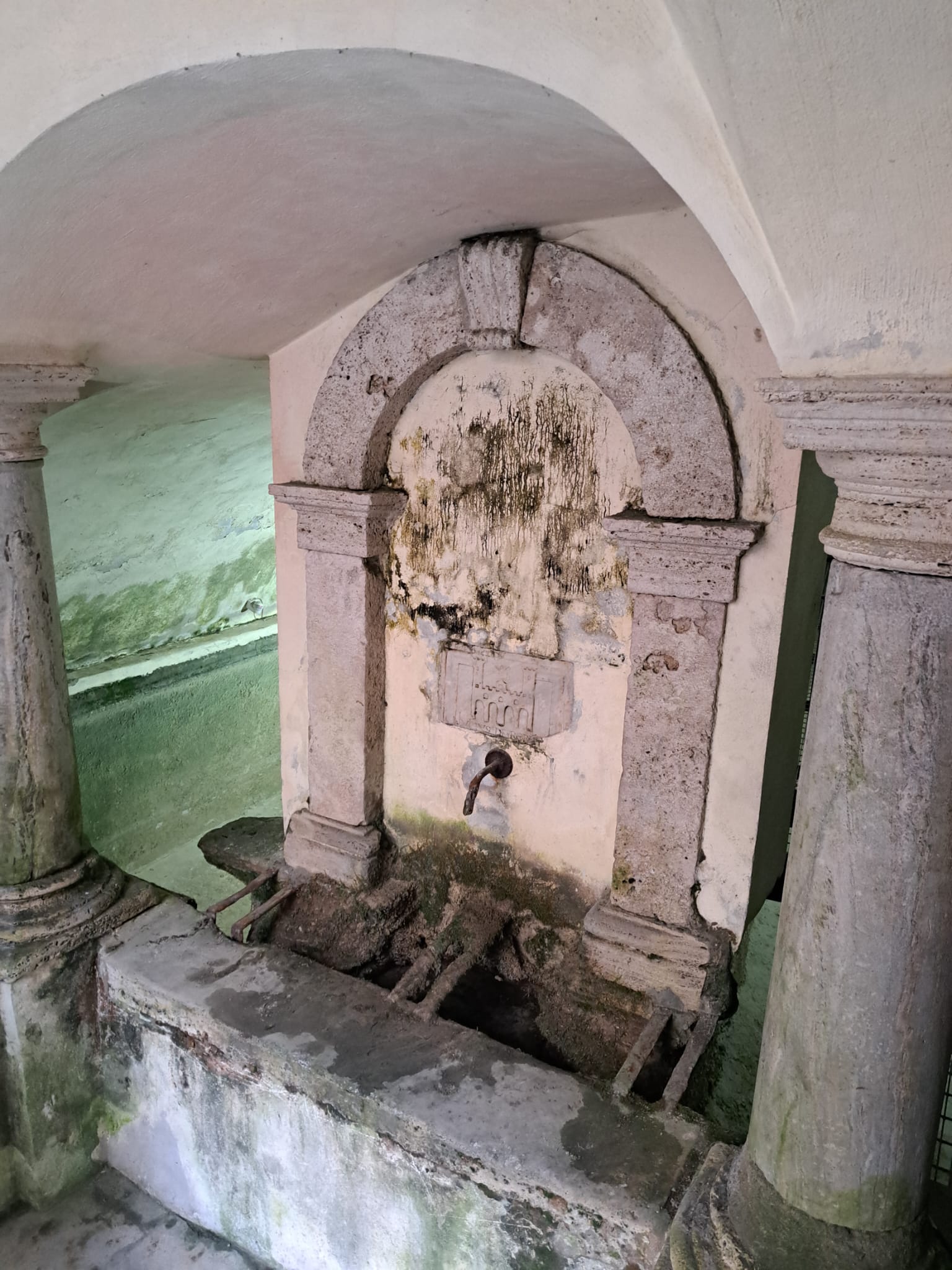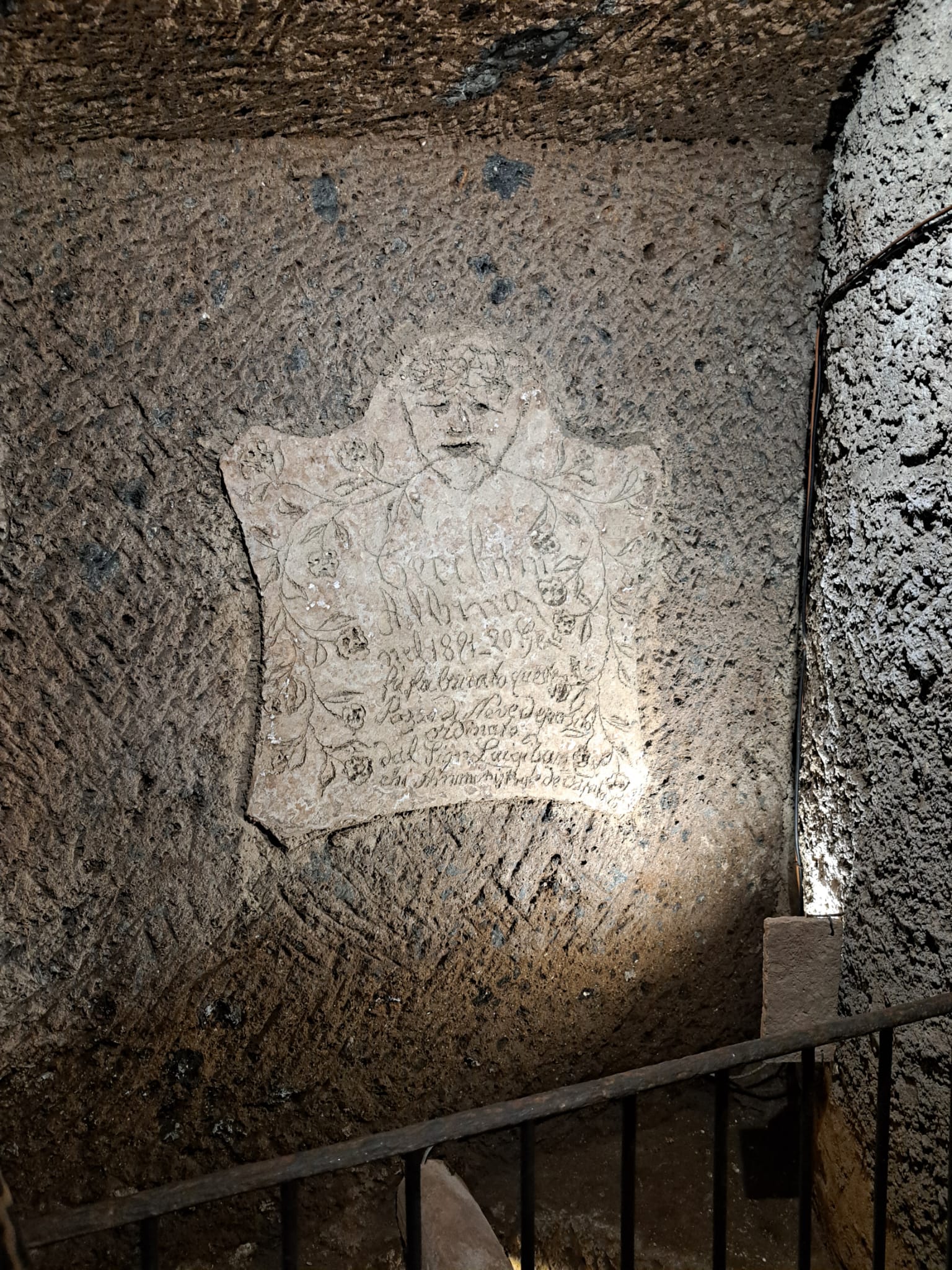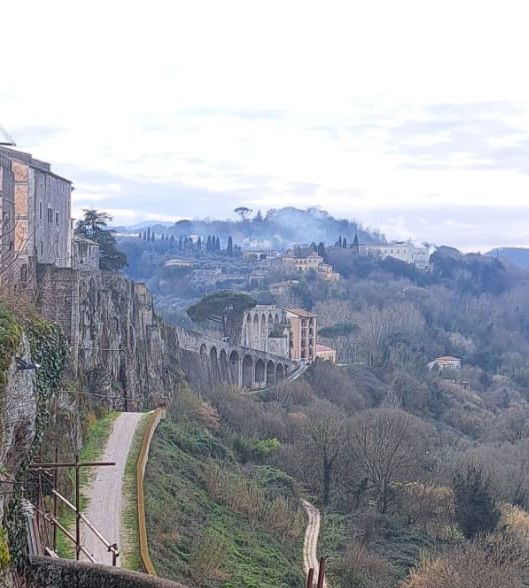STEM and Roman History

Science, Technology, Engineering, and Mathematics (STEM) play a crucial role in shaping the world we live in. From medical advancements to technological innovations, STEM fields drive progress and improve our quality of life. One of the key benefits of STEM is its ability to solve real-world problems, such as medical emergencies.
The Roman Empire, one of history’s greatest civilizations, made significant advancements in science, technology, engineering, and mathematics (STEM). These innovations helped Rome expand its influence, develop efficient infrastructure, and shape modern engineering and scientific principles.
Roman engineers revolutionized construction with materials like concrete, which created durable structures such as the Colosseum, aqueducts, and the Pantheon. Arches and vaults allowed for stronger and more efficient buildings, influencing modern architecture. Roman roads, built with layers of stone and gravel, connected vast territories, facilitating trade and military movement.

Roman architects and engineers applied mathematical principles to design precise structures. Vitruvius, a Roman architect, wrote De Architectura, a treatise on architecture that integrated geometry and proportion. In science, Romans adopted and improved upon Greek knowledge, using it in medicine, agriculture, and astronomy.
Romans developed advanced technologies, including water mills for grinding grain, glassblowing techniques, and central heating systems like the hypocaust. Their aqueducts provided clean water to cities, demonstrating an early understanding of hydraulics. One example of a well-conserved aqueduct is the one linking Orte to Rome in ancient times, still visible today.

Roman physicians, influenced by Greek medicine, advanced medical practices through surgical tools and public health initiatives.
They built hospitals, as the one in underground Orte, promoted hygiene, and introduced sanitation systems, including sewers and public baths.
The Romans’ achievements in STEM laid the foundation for many modern advancements. Their engineering, mathematical applications, and technological innovations continue to inspire contemporary science and infrastructure, proving that their legacy remains relevant today.